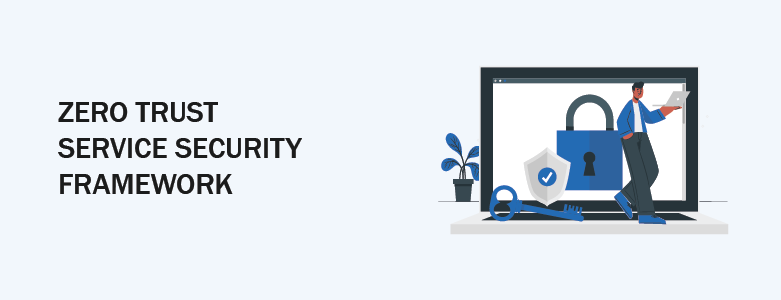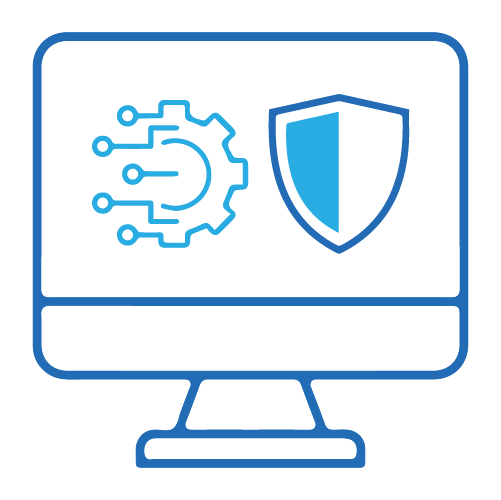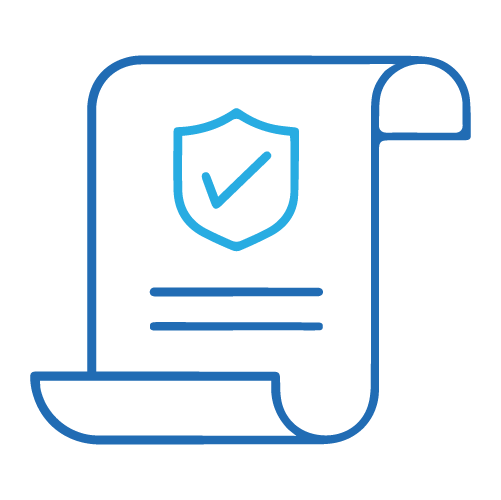Service Framework for the Implementation of Zero Trust Security

As more organizations in the Philippines move toward adopting Zero Trust security, many are still navigating how to effectively integrate it with their existing IT infrastructure. The need for a reliable approach grows even more urgent as remote work becomes the norm, creating new security challenges for IT teams.
Employees using their own devices to work from anywhere can further complicate security efforts. While this flexibility improves productivity, it reduces visibility for IT teams and increases the chances of unsafe practices that put your network at risk.
That’s where we come in. Our team partners closely with your organization to seamlessly implement a Zero Trust security model tailored to your needs. From planning to integration, we ensure that your infrastructure supports Zero Trust principles—without overwhelming your resources.
By following our proven implementation framework, we help you build a stronger, more resilient security posture that keeps your business protected, regardless of where or how your team works.
Zero Trust Service Framework


Defining the protect surfaces (Customer’s expectation and Best Practices)
The threat landscape is always evolving, it is hard to determine where attacks will come from as attack surfaces are always expanding. However, you can determine what surface to protect within your system, such as important data and applications. CT Link works with your IT team to find what you need to protect as our first step and give you inputs based on industry best practices.

Map the flow of data
Once your protect surface has been defined, we will need to learn how your data move within your network. This contextual insight will help us better protect your data without hindering your user’s experience while they work. CT Link will work closely with your IT to ensure that we correctly map the flow of data and how it interacts within the network so that the measures used in Zero Trust is always for the protection of your data rather than hindering business operations.

Designing the Zero Trust Network
To increase the security of the protection surface, micro-perimeters will be placed around the defined critical areas so that a more granular security can be used. This is done by integrating a segmentation gateway (SWG) or a next-generation firewall (NGFW) into the design. By requiring users to go through software-defined barriers to verify their identities you decrease the likelihood of a breach. This is known as “microsegmentation”.

Creating the Zero Trust Policies
Policies are then created based on the level of protection your team defines for the protection surface. These are enforced through the integrated SWG or NGFW.
These policies are based on these key questions:
- Who should be accessing a resource?
- What application is being used to access a resource inside the protect surface?
- When is the resource being accessed?
These are important in zero trust because you need to doubt all access and allow only those who fit each criteria while also limiting their access to ensure no outsider can access your network with no restriction.

Monitor and maintain the network
If you are interested in learning more about our services, contact us by filling in the form here. We would be glad to go into further detail with your team by having one of our team members reach out!
By clicking “Submit,” you agree to our Privacy Policy and consent to the collection and use of your personal information as described therein.
